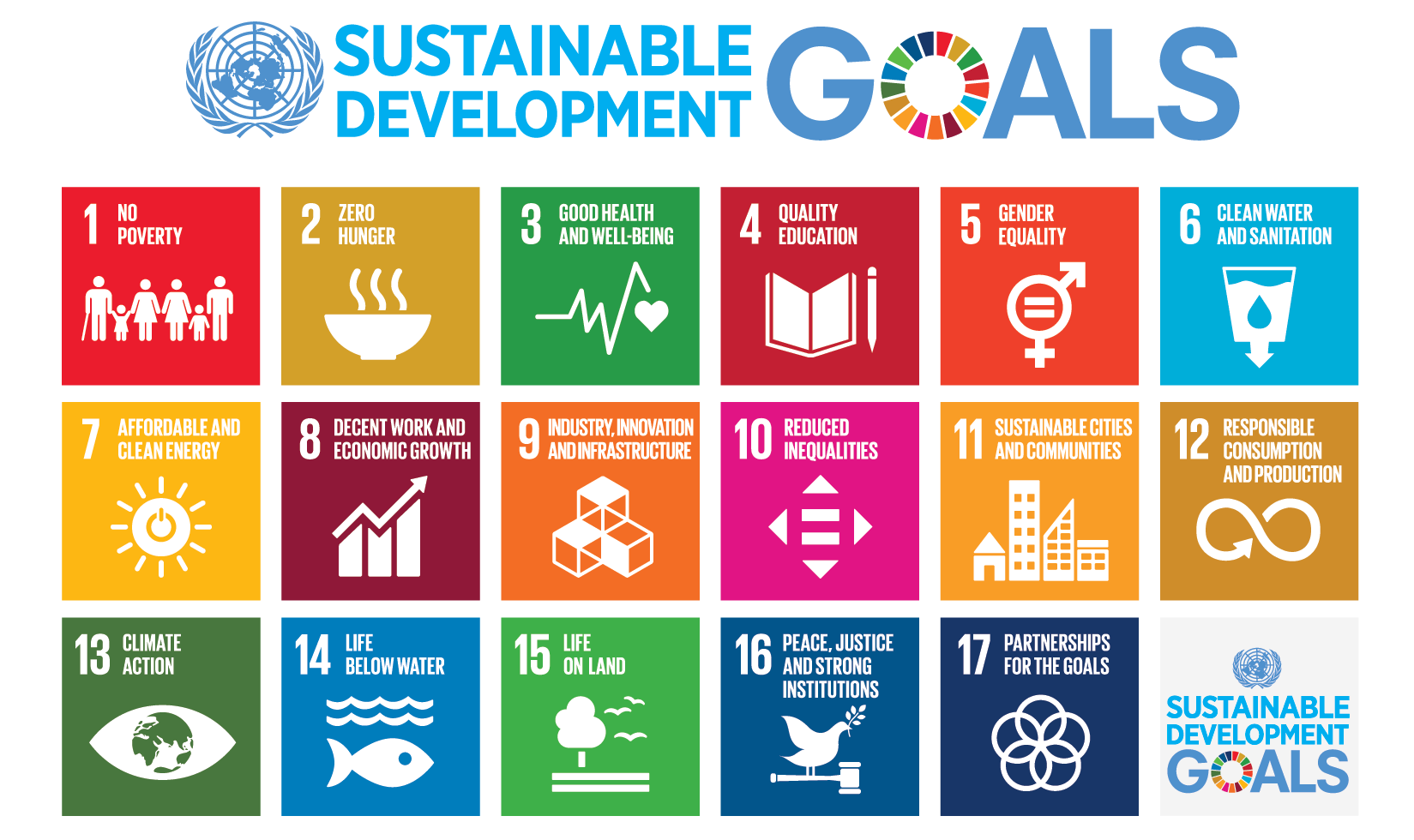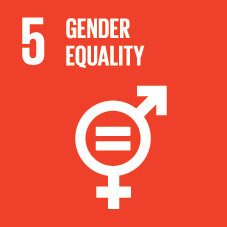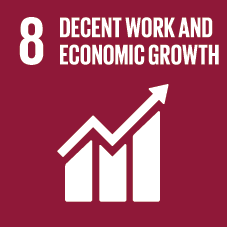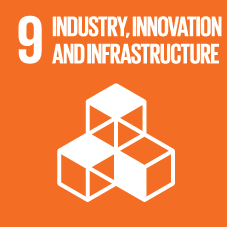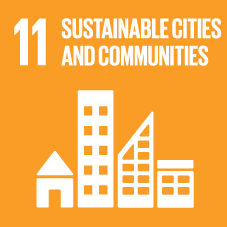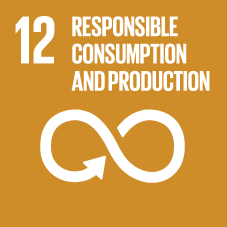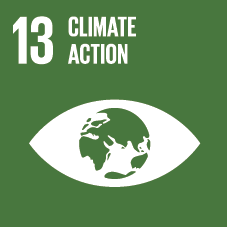Quinta da Marquesa
Light Industrial Location in Palmela, Portugal
In the established industrial area of Quinta da Marquesa, south of Lisbon, we are transforming an existing property in a prime location into a modern, flexibly usable site for Industry 4.0 companies. The transformation includes ESG-compliant upgrades and a transition to sustainable energy supply. The modernization creates versatile opportunities for urban logistics and light industrial uses.
Year Built / Modernization:
Built in 2003,
sustainable renovation planned
Plot Size:
75,000 m²
Total Lettable Area:
26,000 m²
Ceiling Height:
7.00 m – 10.00 m
Parking Spaces:
60
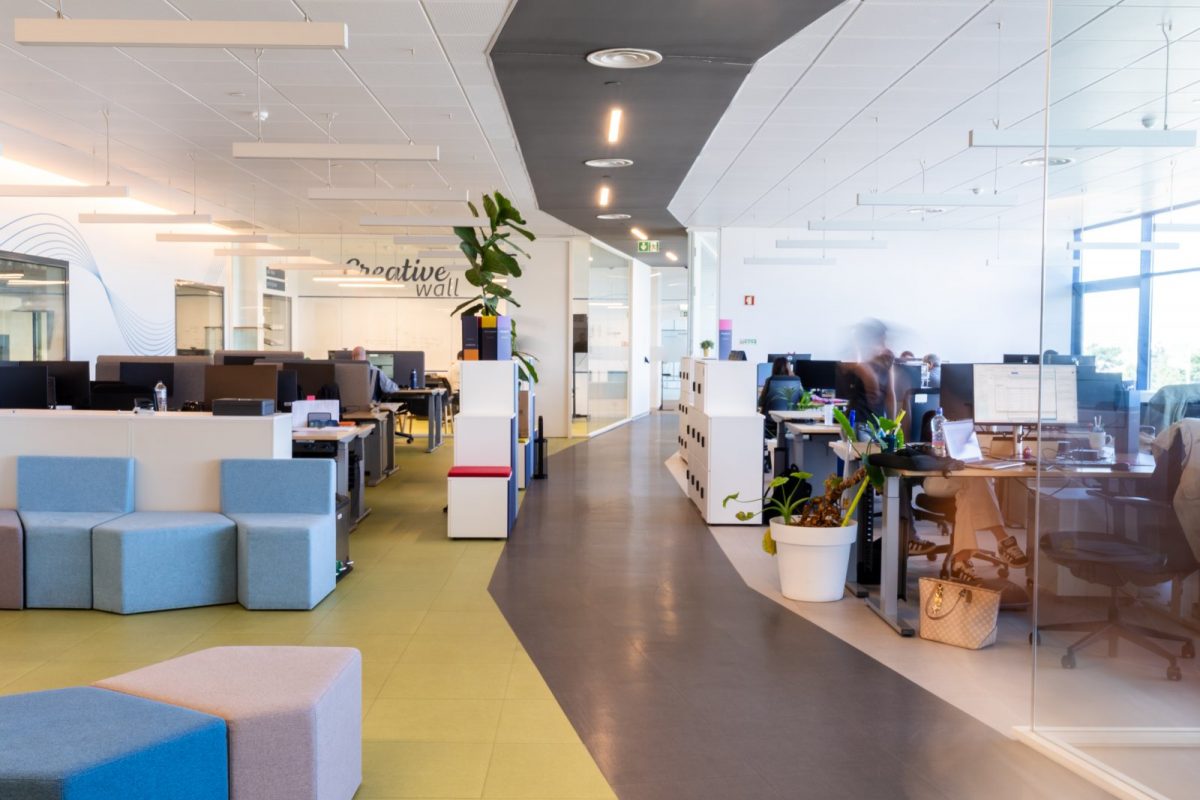
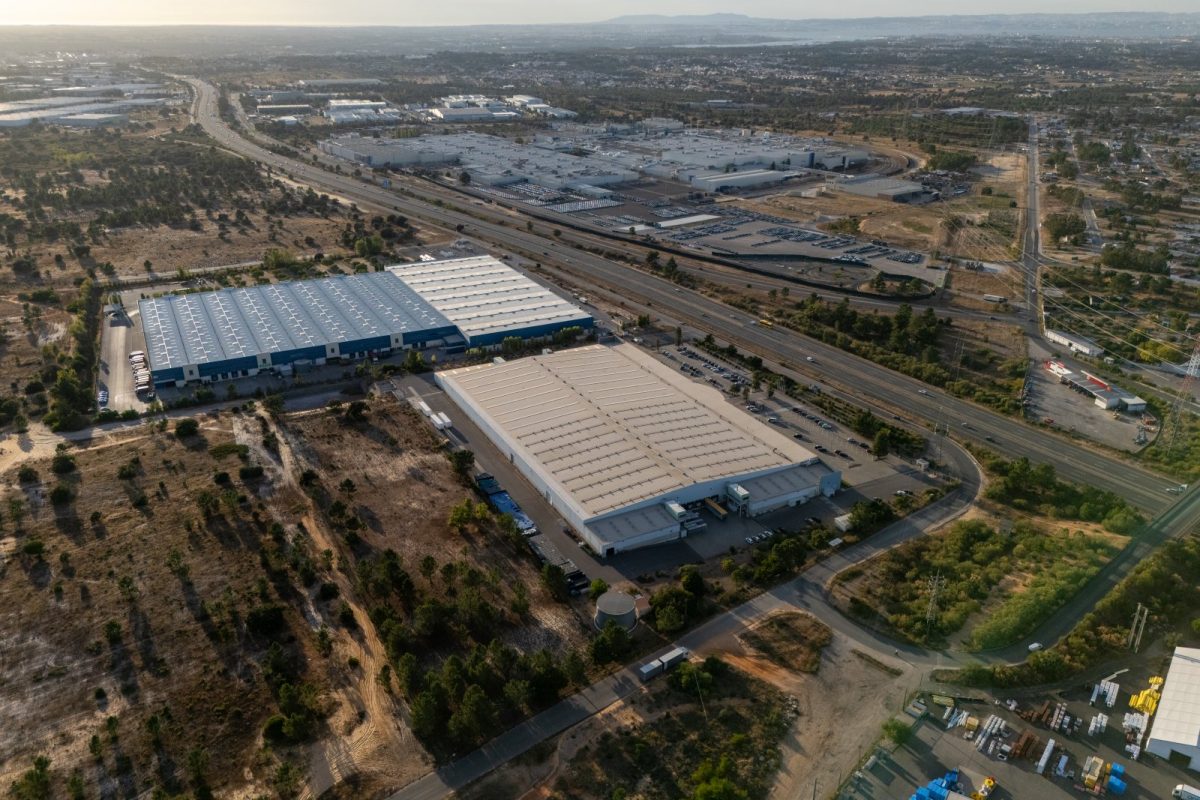
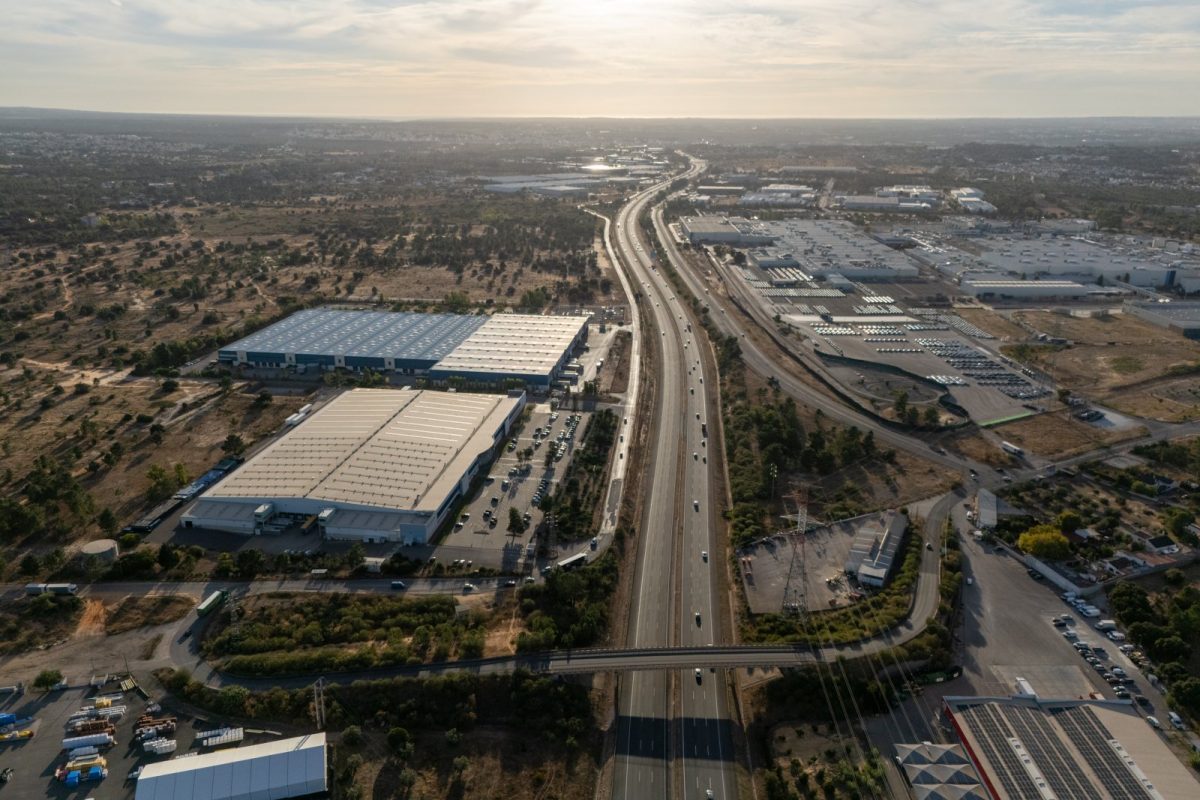
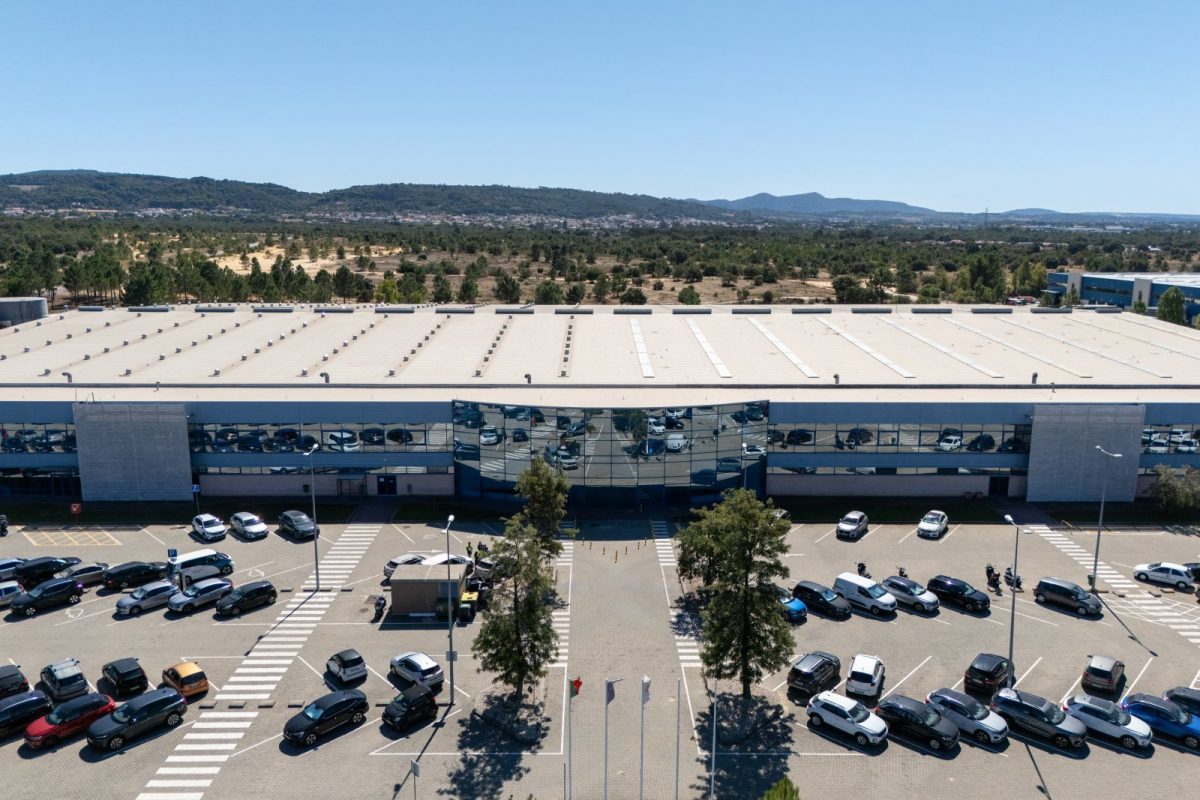
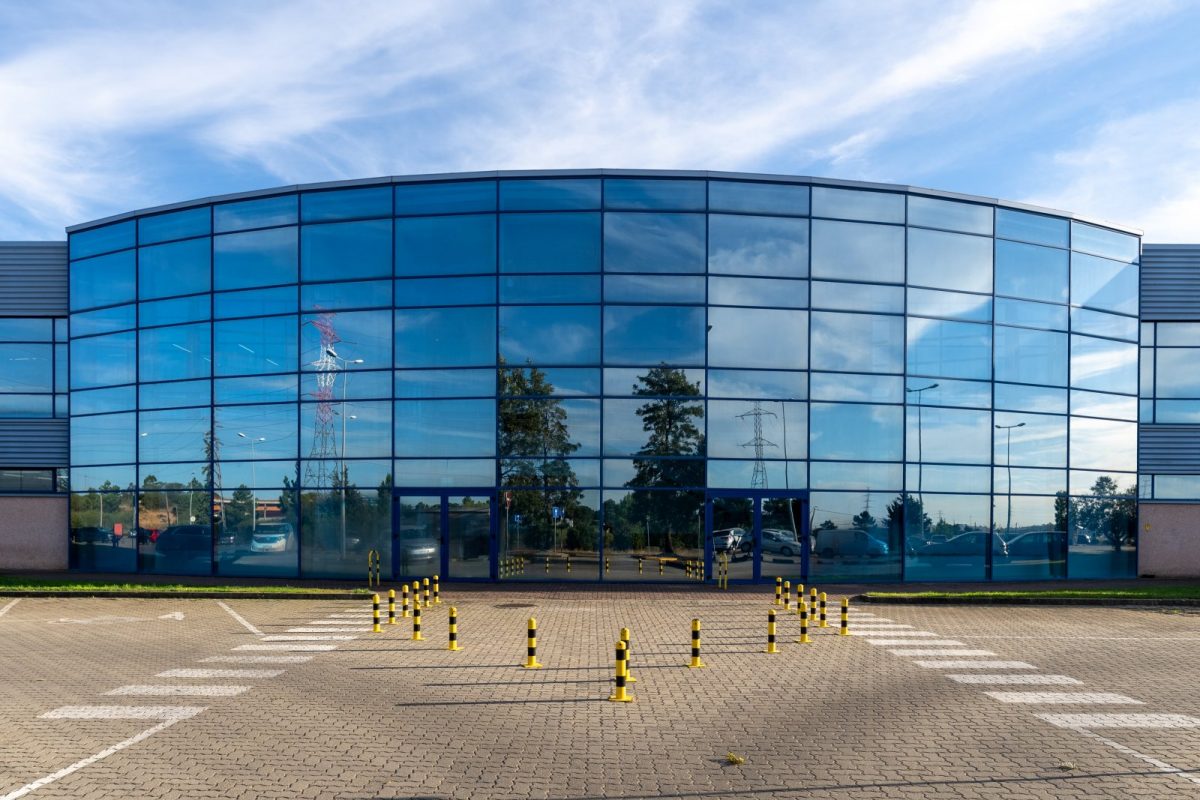
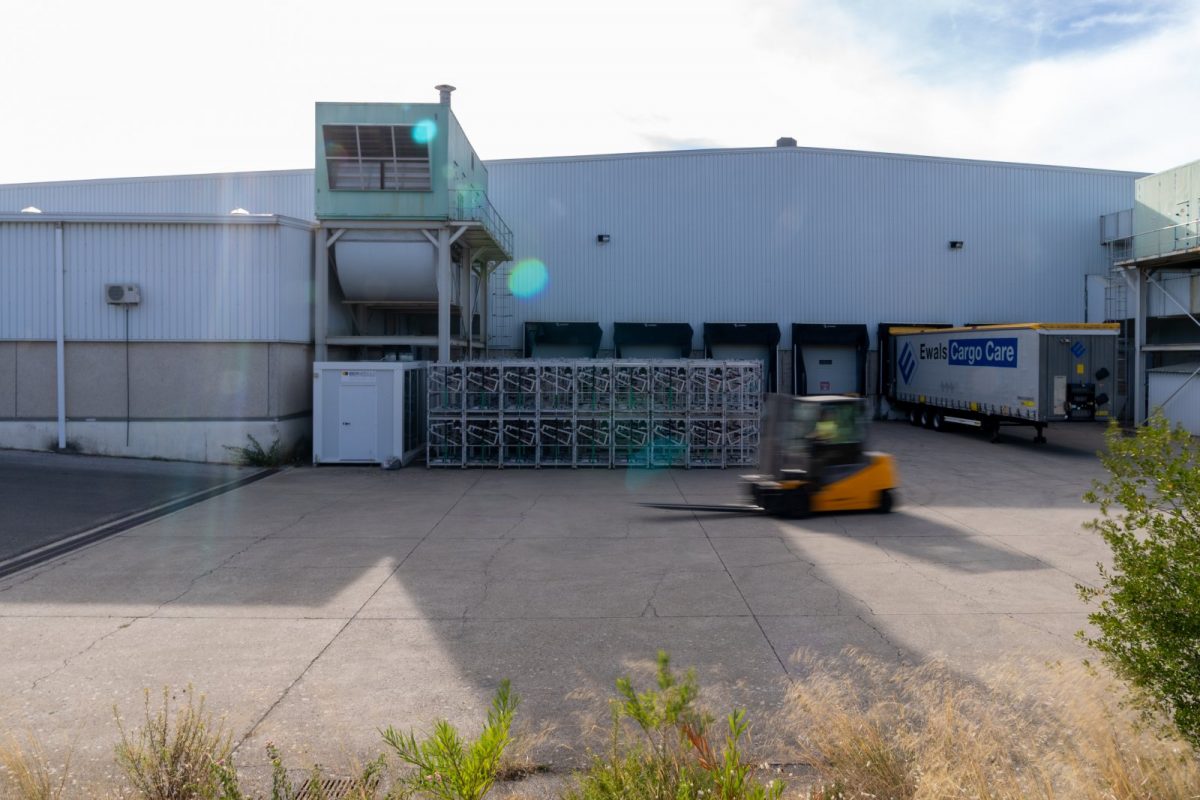
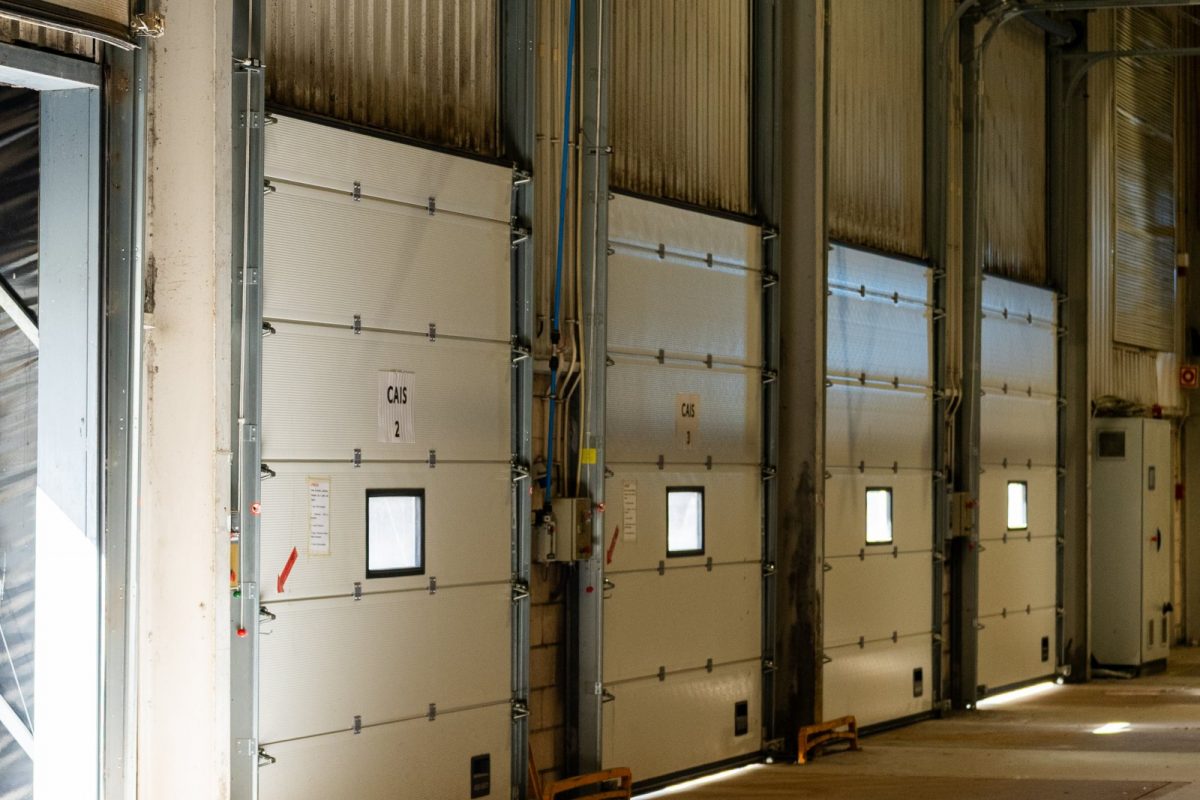
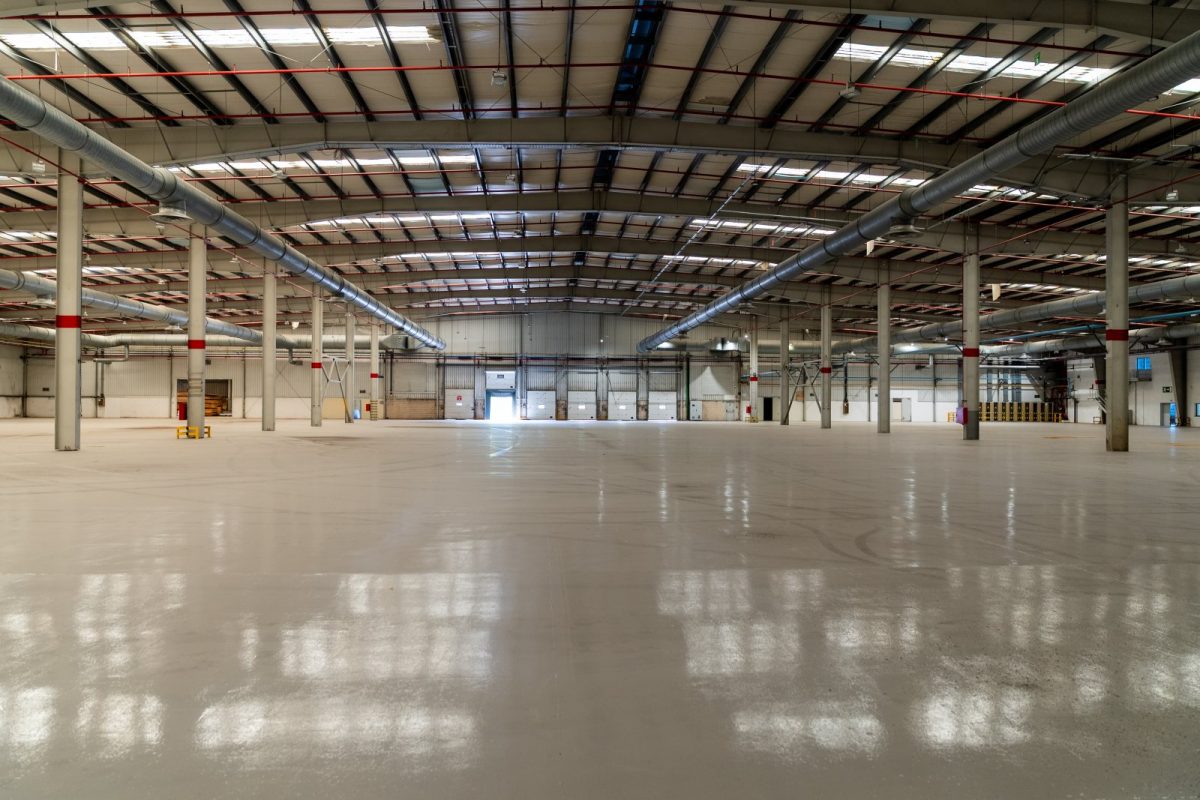
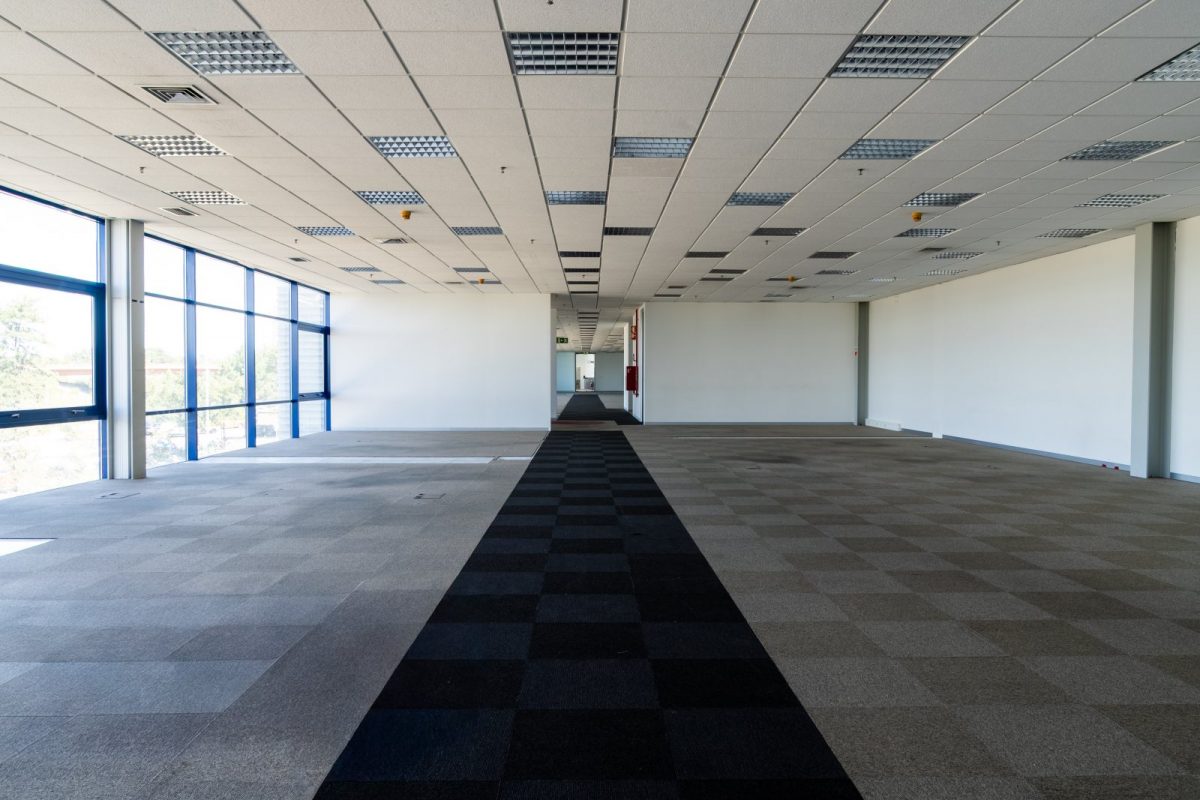
Location & Connectivity
The property is located within the renowned “Autoeuropa” industrial cluster, south of Lisbon. Thanks to excellent transport connections, the site is ideal for logistics-intensive operations:
- Direct access to the A2 and A12 motorways
- Close proximity to Lisbon and the Port of Setúbal
- Excellent connection to local transport routes
History & Future
The property, built in 2003, is currently undergoing a comprehensive green transformation. With warehouse and office spaces, it offers flexible structures for two anchor tenants. Twelve loading docks, modern ventilation systems, and sprinkler installations make the location particularly attractive for companies in urban logistics, e-commerce, trade, and light industrial sectors.
Project Status & ESG Strategy
The building was acquired in summer 2025. The planned revitalization focuses on the following ESG measures:
- Upgrading lighting to energy-efficient LED technology
- Installation of energy-efficient exterior lighting
- Enhancing the facility’s adaptability for multiple uses
Contact
Filipe Almeida Estêvão
Asset Manager
INBRIGHT Portugal
Rua D. João V, 30
1250-091 Lissabon
E-Mail: fae@inbright.pt


